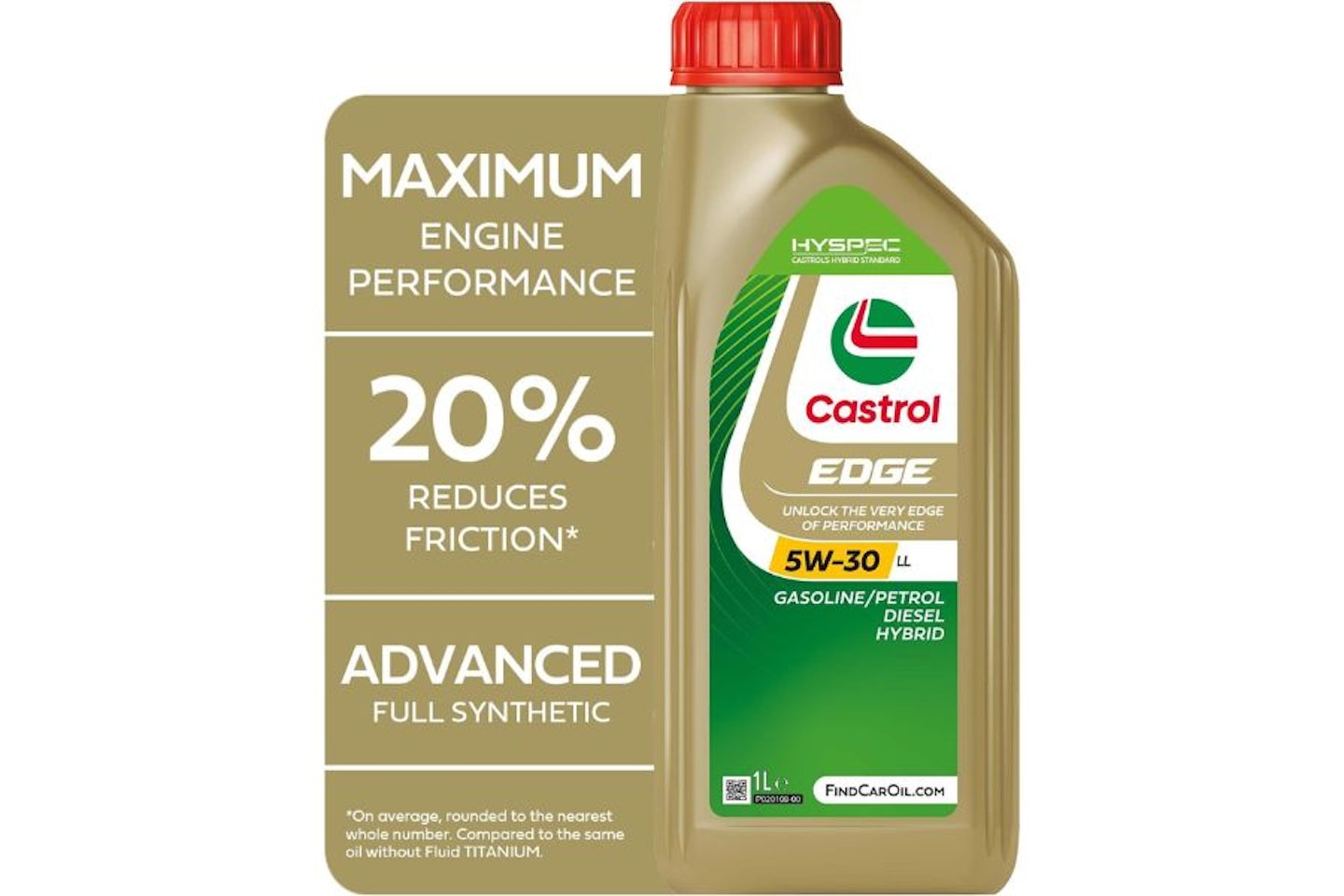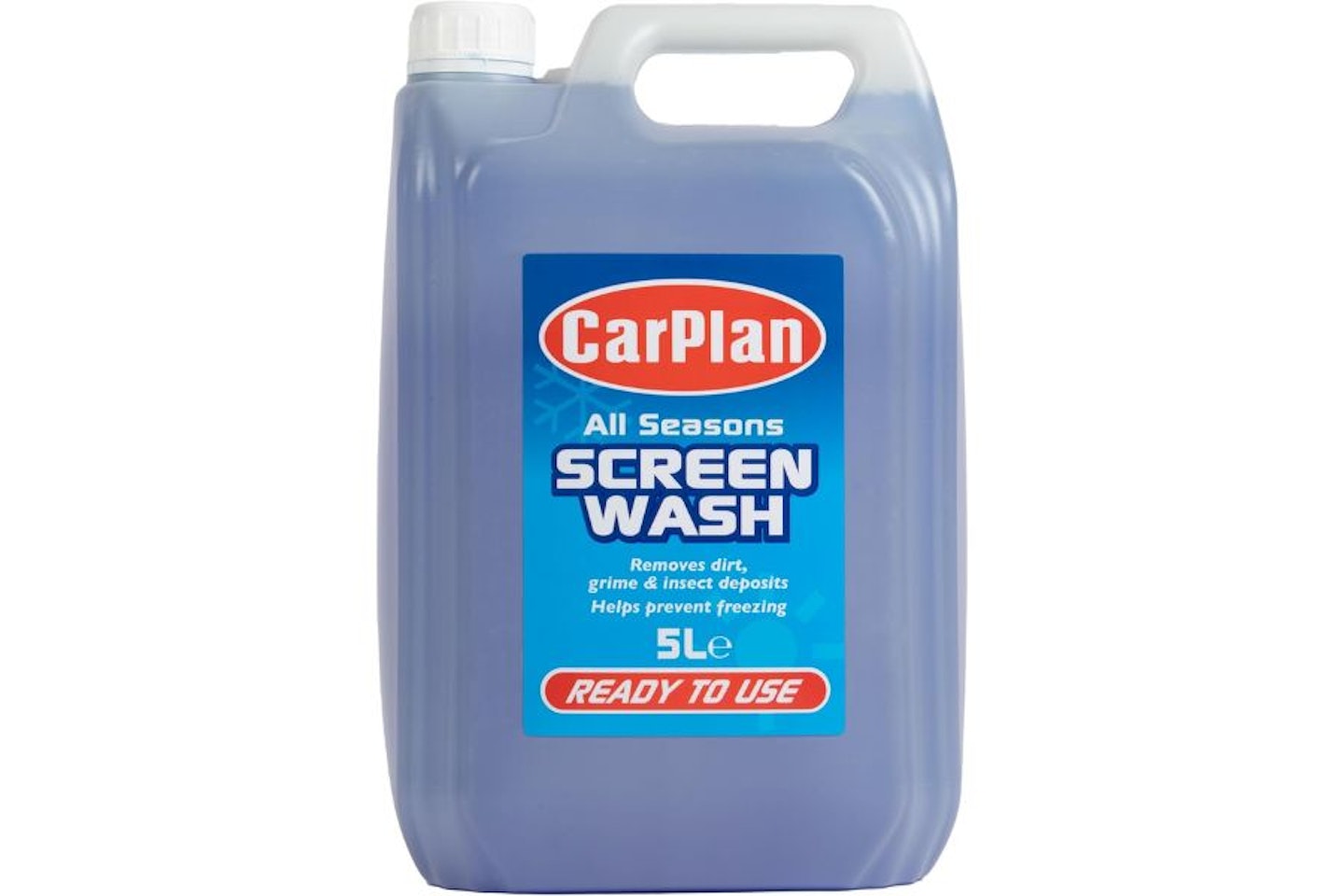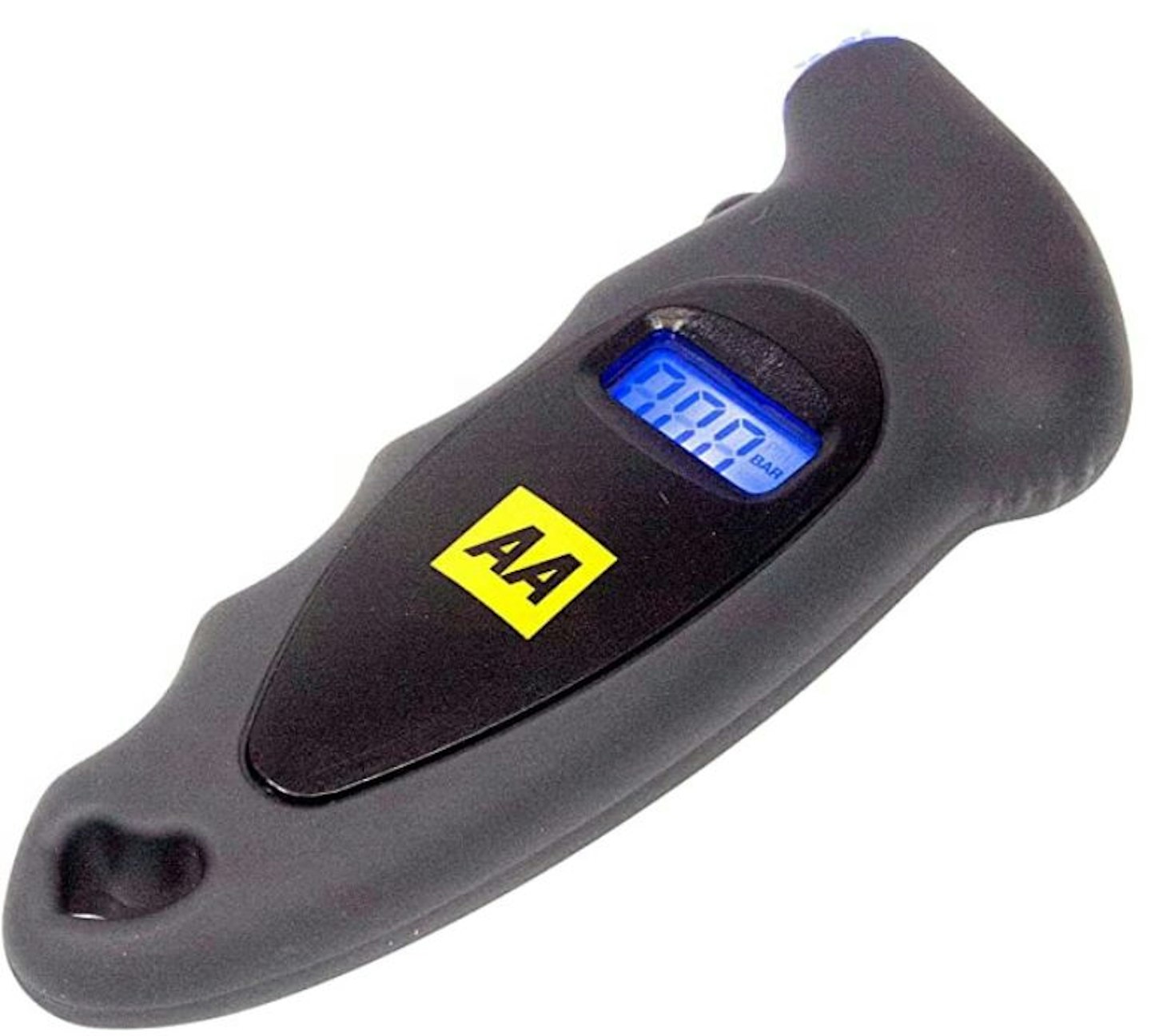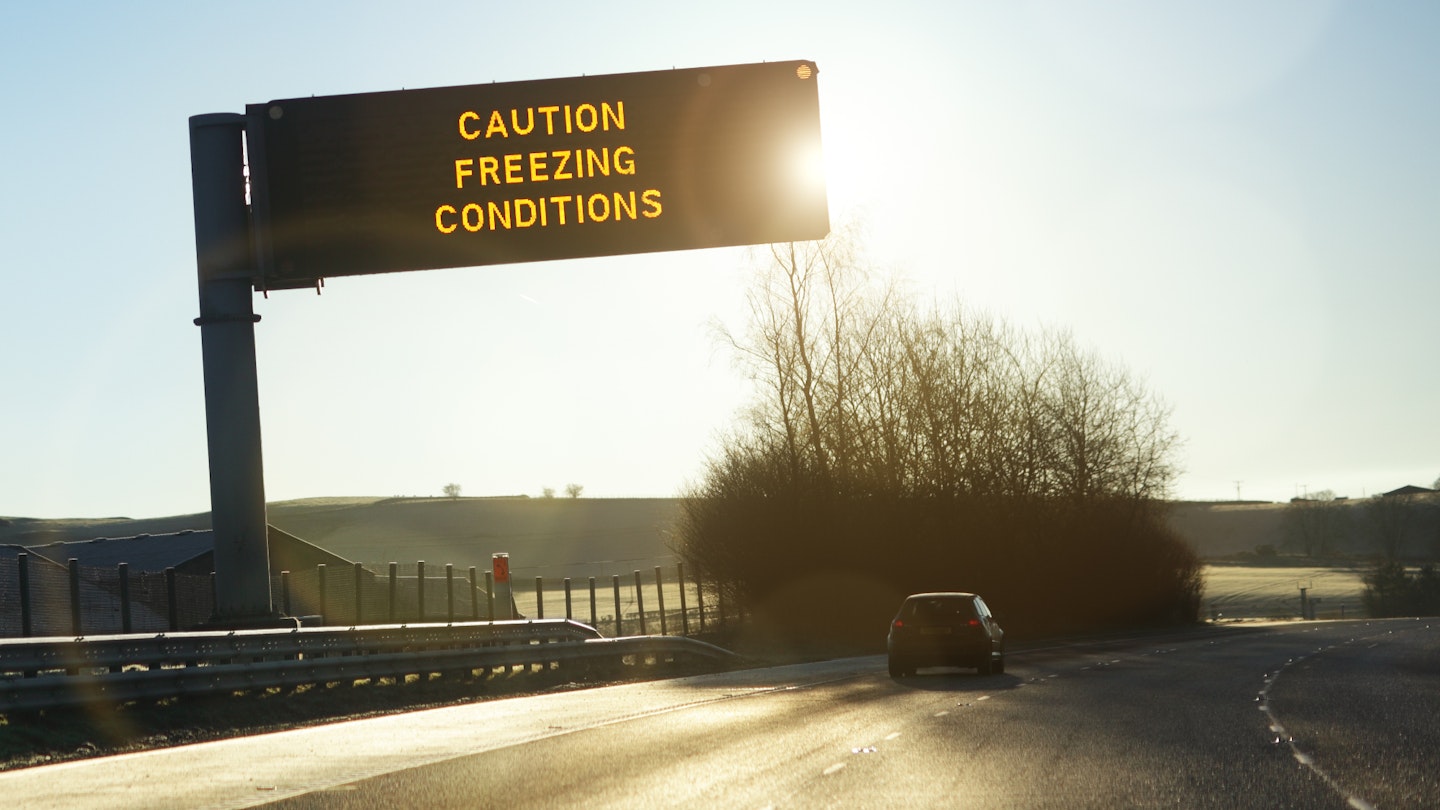Before Japanese manufactures came along in the post-war decades with their reliable motors and electronics, the dawn chorus of a British winter morning would be the synchronised, choking caw of Rovers, Jaguars, and Triumphs refusing to start.
Modern cars are of course far more reliable than their grandparents, but low temperatures are still hard on machines, just like they are on us. As such, cars need extra care and attention during the winter months to stay in sound working order, allowing you to drive safely and comfortably.
There are several important checks you can make to your car yourself in the lead up to and during winter that will go a long way to keeping your car running well.
In this article, we have split these checks into two sections: basic and more advanced. People have varying degrees of interest and confidence in DIY car maintenance so categorising the tasks in this way will let you decide what you’re comfortable with.
Basic winter car checks
Fluids

Open the bonnet and there are three fluids you should be checking: oil, coolant, and screenwash. Oil lubricates the engine, coolant regulates engine temperature, and screenwash is for keeping your windscreen clear of muck.
Oil: Pull out the dipstick to check the oil level. It should sit within the minimum and maximum indicators on the stick. If it needs topping up, do so by adding small amounts at a time and checking the level after each addition to avoid adding too much oil. Too much oil can be as detrimental to a car as too little.
Coolant: This is a mixture of antifreeze and water. The former is particularly important in winter because coolant is of little use if it’s frozen. The antifreeze-water ratio of coolant should be 50:50. Be sure to add extra coolant into the correct reservoir and not into the screenwash tank by mistake.
Screenwash: This is as simple to add as coolant. Just locate the tank and add in screenwash (having diluted it first if it's a concentrated formula).
Our recommended engine oil, coolant, and screenwash are below.
Best engine oil

Best universal coolant
Best ready mixed screenwash

Tyres

When temperatures drop below 7 degrees Celsius, normal summer tyres don’t work as well as they do above that magic 7 degree mark because the compound in the tyres gets harder and less grippy. The ultimate solution to this is to fit winter tyres on your car during the coldest months of the year. However, winter tyres are expensive and we don’t all have the storage space for a second set of tyres.
The next best thing to do is to make sure that your regular summer tyres are in tip top condition. Legally, tyres need a minimum tread depth of 1.6mm, but for wet and slippery conditions, it’s best to aim to have at least 2.5-3mm tread depth on your tyres for better grip and to maintain safe stopping distances.
You can check tyre tread with a depth gauge. You'll also want to regularly check tyre pressure because under and overinflated tyres hurt handling, braking, and grip. For the most accurate reading of tyre pressure, you can use a tyre pressure gauge, and for reinflation, a tyre inflator. Though, a gauge may not be necessary if your car features a tyre pressure monitoring system.
Best tyre tread depth gauge

Best tyre pressure gauge

Best tyre inflator
Windscreen wipers

The volume of muck being chucked onto a car windscreen increases in winter thanks to rain, mud, ice, and road salt. In addition to having a healthy supply of screenwash, your car’s windscreen wipers need to function properly. If they smear water or screenwash, or judder when moving across the windscreen, these are symptoms of wear and need replacing.
A visual inspection for cracks or splits along the wiper blade will help determine whether you need to replace the wipers or not.
It’s also important that you clear ice from windscreen wipers and from the windscreen itself using an ice scraper before you use them. Trying to use frozen windscreen wipers can burn out the wiper motor and ice-covered windscreens ruin the rubber wiper blades.
Lights
With less daylight and more glare thanks to the wet road-low sun angle combo, it’s vital your car’s external lights and indicators work properly. If any do not, replace them immediately. Indicator bulbs, rear lights, halogen headlight bulbs, and some xenon headlight bulbs are fairly easy to replace yourself (there are countless useful YouTube videos on how to replace bulbs on specific models of cars).
In addition to bulbs, don't forget about headlight fade. Over time, the plastic outer of car headlights degrade and become hazy or yellow. The net result is poorer night vision. Headlight restoration is another simple DIY fix you can do yourself.
Get yourself a headlight restoration kit consisting of gritted paper, polish, sealant, and cloths. Our pick of these is from Quixx because it includes everything you need, it's very effective, good value, and can be applied by hand.
Best headlight restoration kit
More advanced winter car checks
Battery check

Battery failure or issues become the most common reason for car breakdowns in winter. The reason is that as the temperature drops, a battery cannot hold as much charge and isn’t as powerful. For example, below zero degrees Celsius, a fully charged battery only has 66% power available. Thus, batteries in poor condition can really struggle to start a car in cold weather.
One way to keep your car battery healthy is to use a smart battery charger. These devices charge and recondition batteries, which keeps them operating as well as possible for as long as possible.
8.
CTEK MXS 5.0
Best smart battery charger
Best budget smart battery charger

Cooling system
Having fresh coolant in the system is important but so too is the overall cleanliness of the cooling system. A car’s cooling system can become filled with deposits that prevent the system from working properly and risk damaging engine parts should they become dislodged and end up elsewhere.
Flushing the cooling system is fairly simple using the Holts Speedflush liquid below and you can find out how by reading our guide to coolant.
Recommended

Fan belt
A car fan belt is responsible for many other parts of the car, such as the power steering pump, alternator, and air conditioning. In winter, this belt goes from ambient temperature (i.e. very cold) to very warm each time the car is used. This large, sudden and repetitive change in temperature puts a lot of strain on the rubber-based material of the fan belt, subjecting it to an increased likelihood of wearing or breaking.
Give your car’s fan belt a visual inspection to check for any cracks, weak points, or significant wear. A squeaky fan belt, high engine temperature, and more difficult steering are also tell-tale signs of a fan belt on its way out.
You can opt to replace a fan belt yourself – with modern cars it is a surprisingly simple job – or you can get a professional to do it for you.
Brake pads

Overall levels of grip on the road decrease as winter takes hold and reliable stopping power becomes more important than ever.
Brake pads are a wear and tear item on a car that needs periodic replacement. Brake pads are fitted with a safety feature in the form of a metal attachment on the pad backing plate that will squeak under braking to let you know that the pads are worn and need replacing. Don’t ignore this signal because if it gets to the point where the brake pad backing plates are rubbing against the discs themselves, you’re asking for far more serious and expensive damage to your brakes.
You can inspect the brake pads too. If they are less than 7mm thick, it’s time for a replacement. If you do send your car in for a brake pad inspection, it’d be wise to get the brake fluid checked too.




